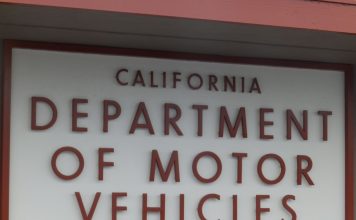Caltrain announced Thursday that electrification of its rail system has been delayed until late 2024, in part because of supply chain disruptions caused by the Covid-19 pandemic.
This delay adds almost two years to the electrification efforts, which were expected to be complete in 2022.
Unforeseen conditions under Caltrain’s tracks and complications in the installation of signal systems also contributed to the delay, according to the transit agency.
The delay is being reviewed by the Federal Transit Administration, which estimated that the project will need an additional $333 million to be completed.
Caltrain has a funding plan for almost half of this additional funding and the rest will be set aside as a reserve fund for unknown risks. Caltrain and its project funding partners will continue to work on a funding plan over the next several months.
These additional costs bring the total cost of electrification to $2.3 billion. Electrification involves switching from trains fueled by diesel to electric trains. Caltrain also plans to increase service and increase its operating speed.
Caltrain officials said that electrification is vital for the Bay Area but it is a big task.
Jeff Gee, a board member of the Peninsula Corridor Joint Powers Board that runs Caltrain, said that “converting a rail line that was established in 1863 from diesel technology to cutting edge green electric power with computerized signal and control systems on a live railroad track is a highly complicated task.”
Caltrain executive director Michelle Bouchard said that the delays are disappointing but a lot has already been accomplished.
Construction is well underway to electrify the 51-mile rail system, from the Fourth and King station in San Francisco to the Tamien station in San Jose.
To date, the first electric trainset has already been completed and is being tested at the Transportation Technology Center in Pueblo, Colorado.
All 10 traction power facilities are under construction. These power facilities are the electric power stations that will provide electricity to the new trains. Poles and wires that make up the overhead contact system, which connects the trains to the power facilities, have been installed at all four of Caltrain’s tunnels.
Most of the foundations for catenary poles, which are poles that support overhead wires, have been complete.
More information about Caltrain’s electrification is available online at www.calmod.org.
Copyright © 2021 Bay City News, Inc.















